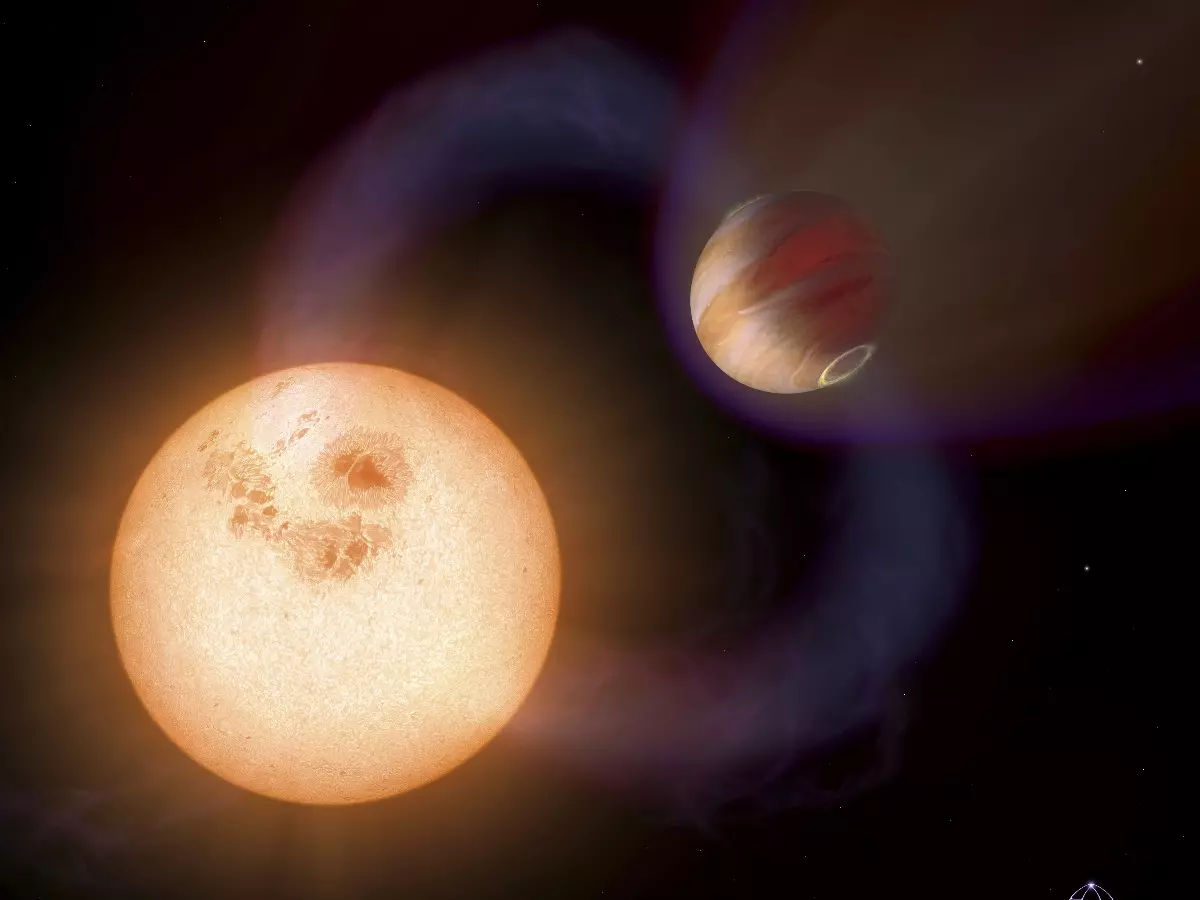Earth-Sized 'Hell' Planet Found Where Rocks Vaporise, Oceans Are Full Of Lava
Planet K2-141b a scorching hot planet located hundreds of light-years away is being deemed as one of the most extreme ever discovered. A new study explaining the conditions on the planet has now been published in Monthly Notices of the Royal Astronomical Society. This is because the planet is so close to the star which it orbits that it is filled with flowing lava oceans. Other than the molten lava flowing on its surface the planet experiences su...Read More

Scientists have been exploring distant planets in an effort to understand the dynamics prevalent on the countless planets in the universe. While some planets are surprisingly similar to planet Earth and are looked at as possible sites for harboring life, others are way too extreme for anything to survive on them. A new planet is one of the most extremes of the latter half.
Planet K2-141b, a scorching hot planet located hundreds of light-years away, is being deemed as one of the most "extreme" ever discovered. A new study explaining the conditions on the planet has now been published in Monthly Notices of the Royal Astronomical Society and terms the hellish planet as a ¡®lava planet¡¯.
This is because the planet is so close to the star which it orbits, that it is filled with flowing lava oceans. Other than the molten lava flowing on its surface, the planet experiences supersonic speeds of wind and rain that is made of rocks, thanks to its rock vapour atmosphere.
 (Representative Image: Reuters)
(Representative Image: Reuters)
The discovery has been made by scientists from McGill University, York University and the Indian Institute of Science Education. In a news release, lead author Giang Nguyen explained "the study is the first to make predictions about weather conditions on K2-141b that can be detected from hundreds of light years away with next-generation telescopes such as the James Webb Space Telescope."
The rocky planet
As per the findings by the team, K2-141b turns out to be quite a peculiar planet. With a size similar to that of the Earth, the exoplanet seems to have a surface, ocean and atmosphere, all made of molten rocks.
All this is because of the close proximity of the planet to its star. Because of its location vis-a-vis the star, the planet is gravitationally locked in one place, meaning only one side of the planet experiences perpetual daylight.
This daylight is observed by about two-thirds of the planet and is enough to raise the temperature on this side to as much as 5,400 degrees Fahrenheit. The scorching heat is enough to melt as well as vaporize rocks, forming a thin, hostile atmosphere.
Scientists were able to analyse all this through the planet's illumination pattern. As for the other side that never receives the sunlight, the planet experiences a perpetual darkness, with frigid temperatures of negative 328 degrees Fahrenheit.
Mapping planetary evolution
 (Representative Image: NASA)
(Representative Image: NASA)
The researchers predict that the mineral composition of the planet will change over time. With this, K2-141b will eventually have a different surface and atmosphere composition. This is because all rocky planets begin their journey as molten worlds.
"All rocky planets?, including Earth, started off as molten worlds but then rapidly cooled and solidified. Lava planets give us a rare glimpse at this stage of planetary evolution," said co-author Nicolas Cowan.
As for the similarities between the two planets, Earth¡¯s water cycle is very similar to the one observed on K2-141b. The one major difference is that while on Earth, water goes through the processes of evaporation and condensation, planet K2-141b only has rocks to follow this cycle.
The hostile planet thus sees sodium, silicon monoxide, and silicon dioxide evaporate into mineral vapour. This vapour is then carried to the dark side of the planet by supersonic winds blowing at over 3,100 miles per hour. Once on the dark side, the rocks rain back down into the 60-mile-deep magma ocean. This magma ocean flows to the bright side of the planet to restart the cycle.
The flow of this magma ocean from the dark side to the day side is slower and hence is expected to change the dynamics of the planet eventually. Scientists expect to further verify their observations by using the James Webb Space Telescope once it launches in 2021.
